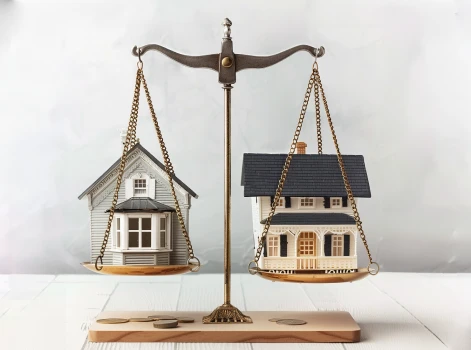When calculating the net taxable income or loss from a rental property, it is easy to overlook the hidden and sometimes significant deductions available in depreciation.
The tax law states that a property owner can claim a deduction for the decline in value of furniture, plant, equipment and buildings that is used in or part of a rental property.
Take the time to learn what can and cannot be depreciated and you can avoid paying too much tax!
Depreciation for furniture
The depreciation claim for furniture is the simplest and hardest to miss. If a property is furnished, the the ATO allows a landlord to claim the cost of the furnishings as a tax deduction over a number of years.
These maybe for furnishings installed at the time of purchase or items bought during the rental period. Typically an item of furniture can be claimed over 5-10 years as stipulated by the tax office.
Depreciation for the building
The depreciation claim for plant, equipment and buildings is often overlooked. You are normally allowed to claim a small percentage of the cost of the building and fixed structures on the property over time.
Usually, the rate is 2.5% from the time the property is built, the total claim is limited to the cost of construction and you need to get a quantity surveyor to do the figures for you.
That might sound like too much of a hassle for a small result, but think of this. If you bought a house today for $600,000 and that house cost $250,000 to build in 2000, then you could potentially claim an extra $6,250 against the rental income every year until 2040.
What if the house were instead an off-the-plan, newly built apartment? If it cost you $600,000 today with total building costs of $400,000 – then there are some big claims you could make of $10,000 per year.
The hidden catch of depreciation
That is a lot of money and could be a big tax saving right now. The only drawback is that when you sell the property, you will need to reduce your cost base (thereby increasing your capital gain) by the building depreciation you have claimed.
In the meantime, though, you have the potential to significantly improve your after-tax cashflow. For most investors it works out to be better to claim depreciation and pay more in capital gains than it does to not claim depreciation. Talk to your accountant for specific advice for your situation.
What is a depreciation schedule?
A depreciation schedule is effectively a list of the depreciation allowances that an investor is entitled to claim. It includes a list of the depreciable items (listed above) and a schedule showing their decline in value over time.
Generally, the depreciation schedule will include the capital works deductions and the plant and equipment allowances. You can employ a quantity surveyor to complete a depreciation schedule for you or if you are an experienced investor you may choose to complete it yourself.
A depreciation schedule will usually cost $400 to $750 depending on the work involved and the company you use. If you are buying a new property then you may be able to negotiate to get a depreciation schedule for free from the developer as they will typically employ a quantity surveyor as part of their normal business operations.
Methods of calculating depreciation
There are two accepted methods of calculating your depreciation claim.
The Diminishing Value Method is where the claim reduces by a particular percentage each year. As a result you can claim more in the first year and less in later years. This is because items depreciate quickly when they are new, and slowly as they become older.
The Prime Cost Method is a fixed claim amount calculated as a percentage of the items original value or cost. Therefore your claim is the same each year for the life of the item.
Talk to your accountant or quantity surveyor about the two methods listed above and which will be applicable for the claims relating to your investment property.
Speak to an accountant
This information is general and has been provided by Lucentor Pty Ltd who are accountants that specialise in tax for property investors.
We recommend investors obtain financial advice specific to their situation before making any investment or decision regarding their finances.
